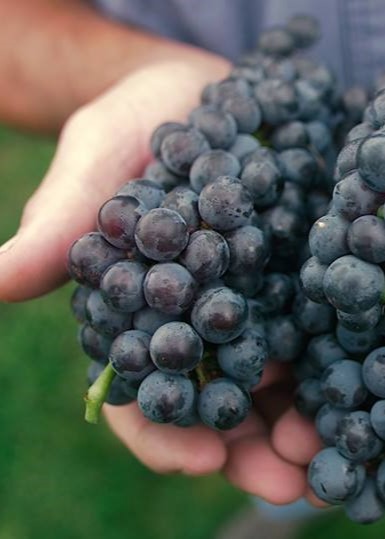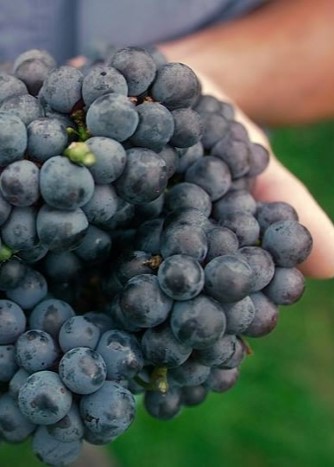

You could say that our grape-growing region was shaped by what happened millions of years ago. But, really, it was what didn’t happen.
Rewind to the last ice age. Glaciers charged through Indiana and ruthlessly flattened swaths of land, yet they never razed the resilient Indiana Uplands — a vast plateau with a rock-solid base in south-central Indiana. The Indiana Uplands effectively deflected the glaciers, preserving the contours that make this part of our state so stunning.
Fast forward to now. The surviving plateau is a 4,800-square-mile grape-growing region called the Indiana Uplands, home of the Indiana Uplands Wine Country.
Each vineyard undoubtedly has its nuances, but all are united by the Indiana Uplands terroir — that blend of soil, topography and climate that make our wines unique.
Indiana Uplands Wine Country was founded in 2003 as a way for people to explore the great wine being produced in southern Indiana. Nine wineries are members of the trail — not a physical path, per se, but a way to wind through the Indiana Uplands grape-growing region.
But let’s start at the beginning: After all, grape growing and winemaking in the Indiana Uplands goes back 180 years.
It began in the 1840s with the Huber family planting vineyards in Starlight, setting the roots for what would become Huber Winery, a founding member of the Indiana Uplands Wine Trail.
Others grape-growing pioneers joined in, and by 1880, a quarter of the wine produced in Indiana was coming from the Indiana Uplands.
Prohibition halted it all, of course — but winemaking bounced back in the 1960s. Vines were planted northwest of Bloomington at Oliver Winery, a founding member of Indiana Uplands Wine Country. Then, in the late 1980s, the Huber family began replanting its vines.
In more recent years, the wineries in the Indiana Uplands have opened tasting rooms and welcomed wine-drinkers to tour production facilities and vineyards.
The Indiana Uplands is a federally recognized grape-growing region, known as an American Viticultural Area, or AVA. In fact, ours is the first AVA entirely in Indiana, established in early 2013.
To be an AVA means that the region has a unique blend of geography, soil and climate, which gives its wine defining character. Simply put, the Indiana Uplands is markedly different from its surroundings when it comes to growing grapes.
With 4,800 square miles and about 200 acres under cultivation, there’s much to explore. And, there’s room to grow.
Hills, ridges, valleys. Rolling, rugged at times. The Hoosier National Forest. Monroe Lake. This is the defining landscape of the Indiana Uplands. The plateau peaks at 1,033 feet above sea level in the northeast corner, which distinguishes it from surrounding flat land. Ridges and hills keep vineyards well-drained, which is good for our grapevines. They thrive when they have so-called “dry feet.”
In our region, clay reigns. Technically speaking, red-yellow podzolic soils reign, and vary from silt loam to silty clay loam. Beneath it all lies bedrock, which is layers of limestone, shale, and sandstone.
Our vineyards benefit from four seasons and a distinctively cool growing season. The weather lets grapes ripen leisurely, so they develop more flavor and character. Climate and topography in the Indiana Uplands work together like this: Hilltops and ridges keep air moving, limiting frost accumulation in the vineyards and extending the growing season in spring and fall. Breezes keep fruit dry and free of fungus and mildew.
Over 100 Indiana-produced wines all in one beautiful location. Get your glass ready.